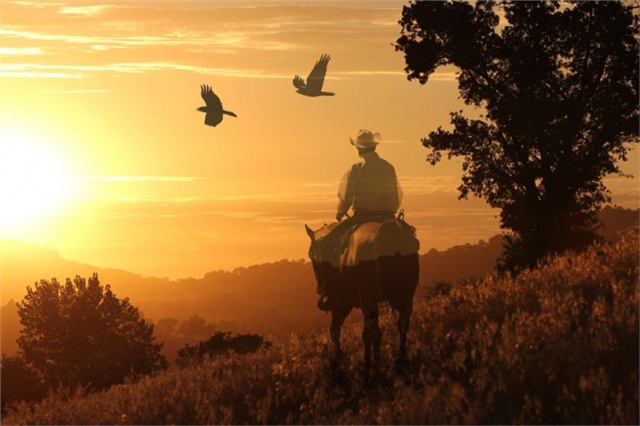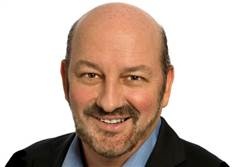As top brands opt for bespoke agency teams, has this trend devalued the worth of major creative brands?

Last year, Johnson & Johnson consolidated its global media account into UM’s J3, a dedicated group that IPG created within UM in 2007 for the health and skincare company. It’s one example of a shift towards ‘horizontality’ — with bespoke agency teams pulled across a group for major clients.
Brands including Cathay Pacific and Colgate have similar arrangements, with Cathay Pacific Central Team an agency within McCann Worldgroup composed of multiple disciplines, while agency Red Fuse Communications is WPP’s global agency serving all of Colgate-Palmolive’s brands worldwide.
J&J’s move suggests that group-wide client teams are achieving the desired result, but it also hints at a move away from the individual agency brand. And with the creation of GroupM and more recently Publicis One, where agency brands are centralised under a single group, within a larger agency holding company, has the time come to phase out or de-emphasise the big agency names?

Greg Paull, principal at R3 Worldwide, doesn’t believe this is the case. The best talent, he says, lures marketers, and the best creative minds and these people still tend to work under the agency brands. “It takes a special kind of creative talent to spend 100% of your life creating toothpaste ads for Colgate — and those people may not have the flexibility that automotive or telecom clients demand,” he says. Jason Oke is former regional managing director Asia at Red Fuse Communications, now based with the agency in Paris.
The horizontal team model, he says, appeals to clients who like a single point of responsibility and contact across all disciplines and who also want a bespoke agency set-up customized to their specific requirements.
But it’s not for everyone. For such teams to work, clients need to be willing to partner at scale, both across countries and regions and also across disciplines, such as creative, media, digital and shopper. Not every client wants that and they may also be unwilling to undertake the long-term commitment to make this model work. Others might prefer having a stable of agencies to create competition among them.
“What it means, though, is that the big agencies may need to get by with fewer, big-global-network anchor clients — as they are the ones most likely to try a holding-company structure. This will make it more important to win and grow local and regional clients,” Oke says.
While Jarek Ziebinski, chief executive officer of Publicis One, isn’t rushing to call group-wide client teams a model of success just yet, he understandably believes it is one for the future and says the formation of Publicis One is not about de-emphasizing individual agency brands. Rather, it is addressing the challenge of achieving effective integration.
“The increasing fragmentation of our industry has got to a point when integrating marketing communications becomes too difficult and costly,” Ziebinski points out. “At the same time, marketers’ communication demands today are increasingly moving towards specialized capabilities. Our model has been created to address these two needs,” he says.
Clients ultimately want their agencies to collaborate when it comes to delivering the best solution for their particular needs: There’s no denying the value that comes from offering multiple disciplines under one strategic view, but it appears that the big agency (name) still has a vital part to play. Many agency networks may have the multi-disciplined experience, but the real challenge can come from sharing the thought leadership, tools and approaches needed to build integrated client teams.
For Brandon Cheung, managing partner at McCann Cathay Pacific Central Team, being a big agency brand is more relevant than ever. “Unless you have the chops as the big agency in the first place, it’s hard to convince prospective clients that you have the ability to put together dedicated global teams — one is a direct result of the other,” he says.
For others, there’s a need to partner with the big agencies all the time. Oke, for example, sees Red Fuse as not just an agency in its own right but as a portal to access the best of WPP.
With today’s marketer requiring expertise from many different disciplines, it seems one client team can’t be good at everything. Whether a big agency brand today is as useful in winning clients as it used to be a decade ago may ultimately comes down to the client and their needs.
While a bespoke horizontal team has obvious appeal to some bigger global clients, others are likely to be attracted by being with a well-known “big name” agency, one that has achieved notable campaigns and worked with big brands.
Shubha George, MD, Asia and CEO, India at Red Fuse, sees the two as mutually beneficial. She expects to see more groupwide client teams emerging but does not believe they will “eat into” agency brands. Rather, she sees a scenario where the bulk of the business will remain with agency brands, while client teams will help agencies focus on building their practices and new business. “Evolving the agency product is incredibly important for agencies and they will lead this—whether they are creative, media or digital,” she says. “Groupwide client teams would be the best practice in the application of these products and likewise, the requirements of client teams will compel agencies to invest in product improvements.”
Source: Campaign US





